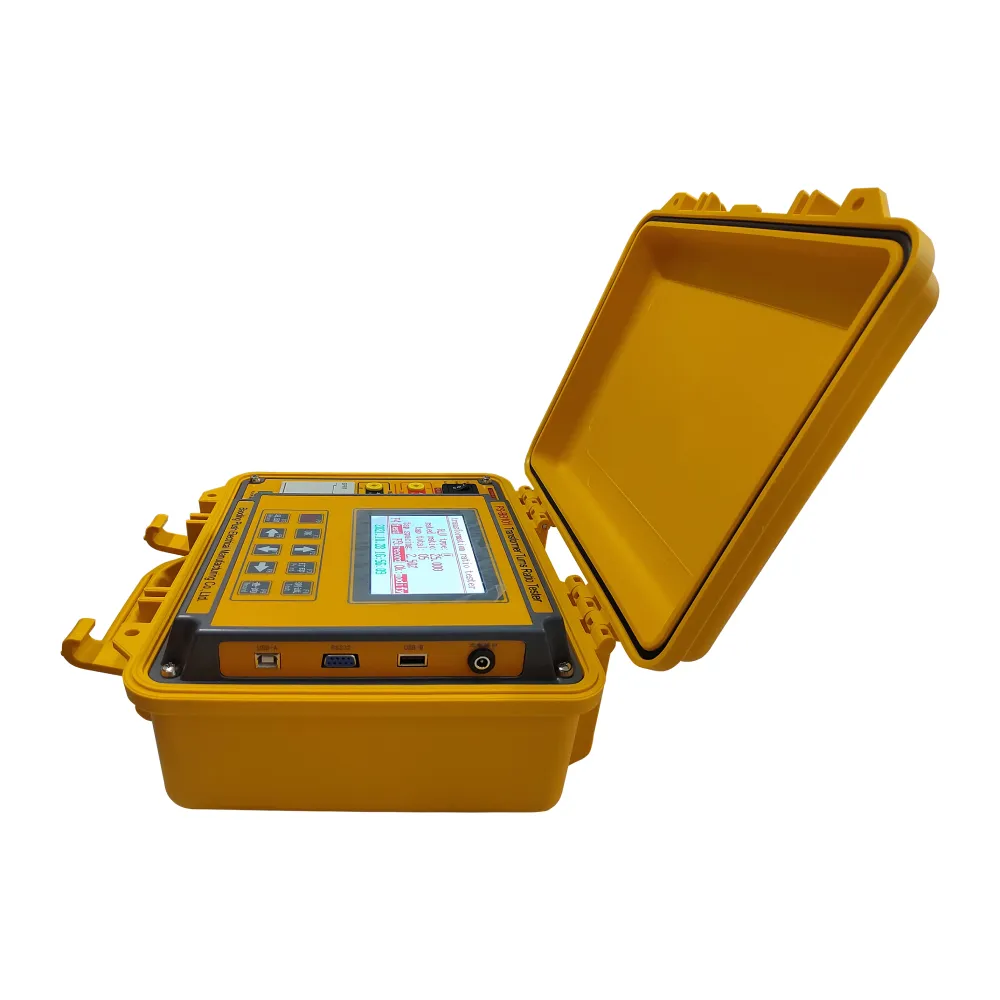 English
English



-
 Afrikaans
Afrikaans -
 Albanian
Albanian -
 Amharic
Amharic -
 Arabic
Arabic -
 Armenian
Armenian -
 Azerbaijani
Azerbaijani -
 Basque
Basque -
 Belarusian
Belarusian -
 Bengali
Bengali -
 Bosnian
Bosnian -
 Bulgarian
Bulgarian -
 Catalan
Catalan -
 Cebuano
Cebuano -
 China
China -
 China (Taiwan)
China (Taiwan) -
 Corsican
Corsican -
 Croatian
Croatian -
 Czech
Czech -
 Danish
Danish -
 Dutch
Dutch -
 English
English -
 Esperanto
Esperanto -
 Estonian
Estonian -
 Finnish
Finnish -
 French
French -
 Frisian
Frisian -
 Galician
Galician -
 Georgian
Georgian -
 German
German -
 Greek
Greek -
 Gujarati
Gujarati -
 Haitian Creole
Haitian Creole -
 hausa
hausa -
 hawaiian
hawaiian -
 Hebrew
Hebrew -
 Hindi
Hindi -
 Miao
Miao -
 Hungarian
Hungarian -
 Icelandic
Icelandic -
 igbo
igbo -
 Indonesian
Indonesian -
 irish
irish -
 Italian
Italian -
 Japanese
Japanese -
 Javanese
Javanese -
 Kannada
Kannada -
 kazakh
kazakh -
 Khmer
Khmer -
 Rwandese
Rwandese -
 Korean
Korean -
 Kurdish
Kurdish -
 Kyrgyz
Kyrgyz -
 Lao
Lao -
 Latin
Latin -
 Latvian
Latvian -
 Lithuanian
Lithuanian -
 Luxembourgish
Luxembourgish -
 Macedonian
Macedonian -
 Malgashi
Malgashi -
 Malay
Malay -
 Malayalam
Malayalam -
 Maltese
Maltese -
 Maori
Maori -
 Marathi
Marathi -
 Mongolian
Mongolian -
 Myanmar
Myanmar -
 Nepali
Nepali -
 Norwegian
Norwegian -
 Norwegian
Norwegian -
 Occitan
Occitan -
 Pashto
Pashto -
 Persian
Persian -
 Polish
Polish -
 Portuguese
Portuguese -
 Punjabi
Punjabi -
 Romanian
Romanian -
 Russian
Russian -
 Samoan
Samoan -
 Scottish Gaelic
Scottish Gaelic -
 Serbian
Serbian -
 Sesotho
Sesotho -
 Shona
Shona -
 Sindhi
Sindhi -
 Sinhala
Sinhala -
 Slovak
Slovak -
 Slovenian
Slovenian -
 Somali
Somali -
 Spanish
Spanish -
 Sundanese
Sundanese -
 Swahili
Swahili -
 Swedish
Swedish -
 Tagalog
Tagalog -
 Tajik
Tajik -
 Tamil
Tamil -
 Tatar
Tatar -
 Telugu
Telugu -
 Thai
Thai -
 Turkish
Turkish -
 Turkmen
Turkmen -
 Ukrainian
Ukrainian -
 Urdu
Urdu -
 Uighur
Uighur -
 Uzbek
Uzbek -
 Vietnamese
Vietnamese -
 Welsh
Welsh -
 Bantu
Bantu -
 Yiddish
Yiddish -
 Yoruba
Yoruba -
 Zulu
Zulu
Overview of Dynamo Current Generators and Their Applications in Electrical Systems
Understanding Dynamo Current Generators
Dynamo current generators, often referred to simply as dynamos, have been a cornerstone of electrical engineering since their inception in the early 19th century. With applications ranging from small-scale power generation to larger industrial uses, dynamos have fundamentally changed how we produce electricity. This article explores the principles behind dynamos, their operation, historical significance, and contemporary relevance.
What is a Dynamo?
A dynamo is a type of electrical generator that converts mechanical energy into direct current (DC) electricity through the process of electromagnetic induction. The basic components of a dynamo include a rotor (or armature), a stator (the stationary part), field magnets, and a commutator. As the rotor spins within the magnetic field created by the stator, it induces a flow of electric current in the windings of the armature, thanks to Faraday’s law of electromagnetic induction.
How Do Dynamos Work?
The operational principles of a dynamo are rooted in electromagnetic theory. When a conductor moves through a magnetic field, an electromotive force (EMF) is generated. In a dynamo, as the armature spins, the magnetic field interacts with the conductive windings, causing electrons to move and creating an electric current.
The commutator plays a crucial role in converting the alternating current (AC) induced in the armature into direct current. As the rotor turns, the commutator periodically reverses the connection of the armature windings to the load, ensuring that the emitted current flows in a single direction. This characteristic makes dynamos particularly useful for applications that require stable DC power, such as in battery charging or in certain electrical circuits.
Historical Significance
dynamo current generator

The development of the dynamo can be traced back to the discoveries made by scientists like Michael Faraday and Joseph Henry in the early 1800s. The first practical dynamo was built by Hippolyte Pixii in 1832, which laid the groundwork for further advancements in electrical machinery. By the late 19th century, dynamos became widely used in various applications, including lighting systems for cities and powering electric streetcars.
Dynamos were crucial during the transition from steam engines to electric power in the Industrial Revolution. They facilitated the growth of industries, enabling factories to use electricity for machinery, which enhanced productivity and increased manufacturing efficiency.
Contemporary Relevance
Although modern technology has seen the rise of alternators and other forms of generators, dynamos still hold relevance today, especially in specific fields. For instance, small-scale dynamos are utilized in bicycle-powered generators, providing portable energy solutions. Moreover, they play a critical role in certain regenerative braking systems in electric vehicles, where kinetic energy is converted back into electrical energy.
In remote areas or developing regions, dynamos are sometimes used in micro-hydro systems, where the energy produced can support local communities without reliance on large-scale infrastructure. Their simplicity and efficiency make them suitable for these contexts, highlighting their enduring utility.
Conclusion
Dynamo current generators are a fascinating amalgamation of historical significance and modern application. Understanding their principles helps us appreciate the evolution of electrical engineering and the innovations that have shaped our contemporary world. While other technologies may have eclipsed them in certain sectors, dynamos continue to be a reliable and efficient source of direct current electricity in various applications. Their legacy is a testament to the ingenuity of early scientists and engineers, and their continued use reminds us that sometimes, the simplest solutions have the most lasting impact.
-
Testing Equipment Industry Sees Major Advancements in 2025: Smart & Precision Technologies Lead the WayNewsJun.06,2025
-
Applications of Direct Current Generators in Renewable Energy SystemsNewsJun.05,2025
-
Hipot Tester Calibration and Accuracy GuidelinesNewsJun.05,2025
-
Digital Circuit Breaker Analyzer Features and BenefitsNewsJun.05,2025
-
Benefits of Real-Time Power Quality Monitoring Devices for Industrial EfficiencyNewsJun.05,2025
-
Earth Fault Loop Testing in High-Rise Building Electrical SystemsNewsJun.05,2025



